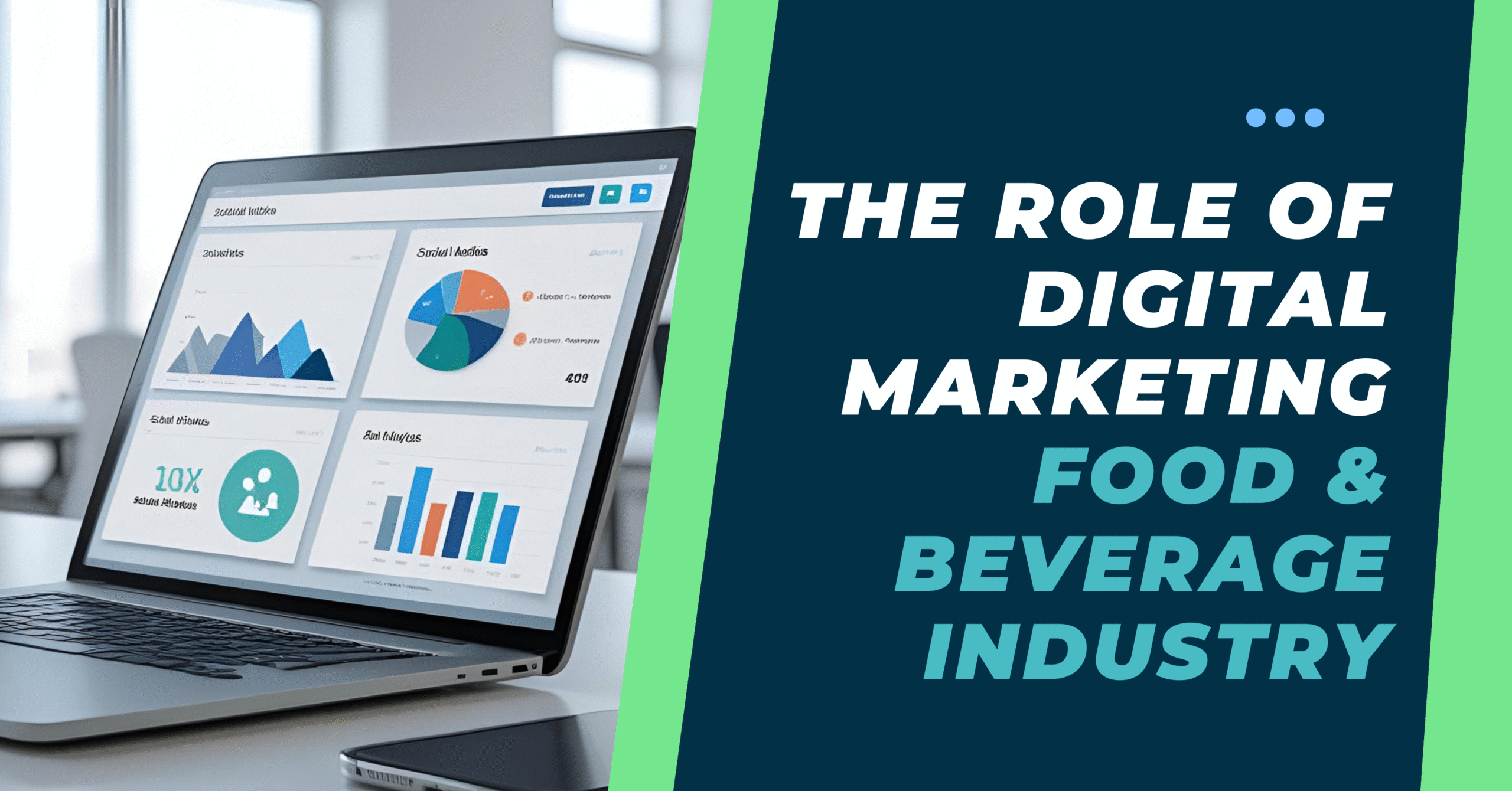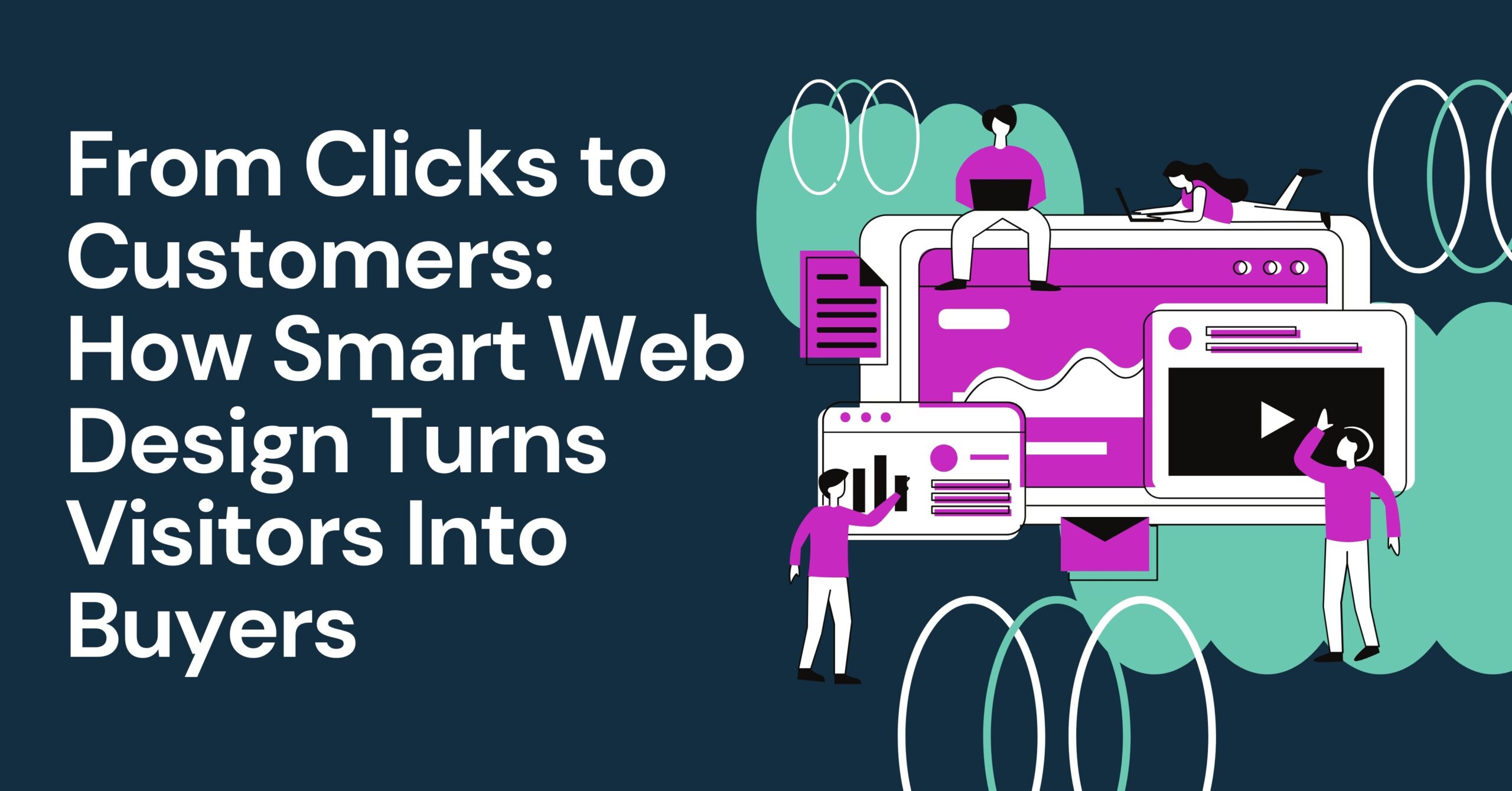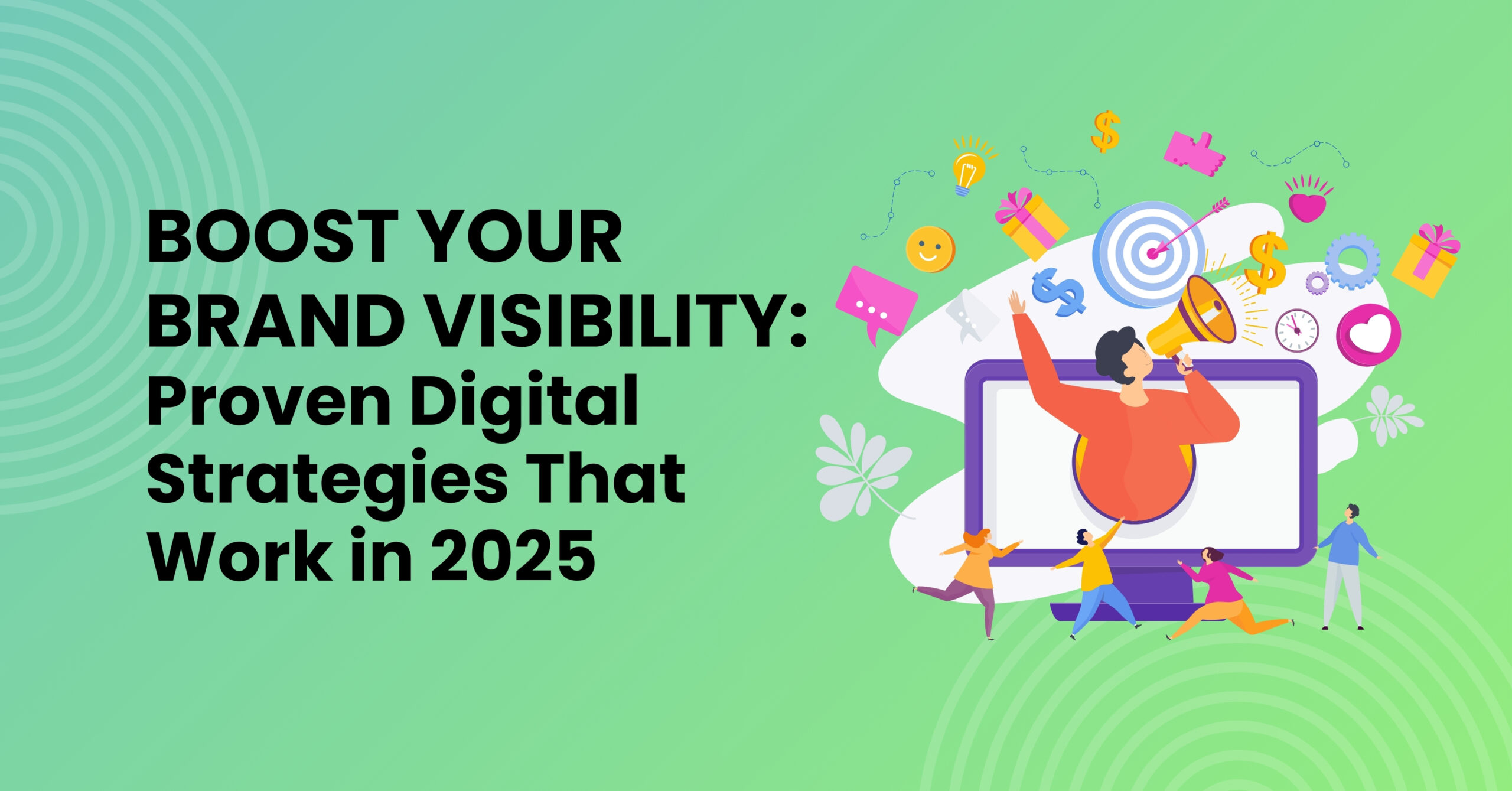In the very competitive food and beverage market, which is also very trend-driven, we see consumers base their choices on what they read and see online. In this digital age which we live in it is an outdated practice for companies to rely only on traditional advertising.
Digital tools are transforming how food and beverage companies interact with their audience, build that all-important trust, and, in turn, see an increase in sales.
- Improving brand visibility through social media.
Social media has become the basis for food and beverage marketing. We see on platforms like Instagram, TikTok, and Facebook which brands are presenting very attractive content in the form of food photos, recipe videos, and behind-the-scenes stories. Also, through the use of hashtags, influencer partnerships, and interactive campaigns, brands can increase their visibility and reach very targeted audiences in a way that has never been seen before.
- Data-Based Insights for Better Marketing.
Digital analytics tools like Google Analytics, CRM systems, and AI dashboards provide businesses with in-depth information on consumer behavior. We see that from tracking purchase trends to which campaigns do best, data plays a key role in food and beverage brands’ marketing strategies. For instance, a restaurant chain may determine that certain times are busier than others, and which they can use them to send out push notifications, which in turn will increase sales during slower times.
- Online retail and e-commerce systems.
With the advent of food delivery apps and online shopping, it is of the essence that you have a strong digital presence. Tools such as Shopify, Zomato, Swiggy, and Uber Eats weave into our marketing strategies, which in turn allows customers to peruse menus, place orders, and also leave reviews. A smooth digital purchase experience not only increases sales but also improves customer satisfaction.
- Email and Loyalty Programs.
Emails and digital loyalty programs are the tools that food and beverage companies use to build long-term relationships with their customers. We see personal email campaigns, which may include info on promotions, new products, or seasonal offers, as a way to keep the conversation going. Also, we have loyalty programs that run via apps or QR codes, which in turn promote repeat business, which in the end creates a cycle of customer retention and trust.
- Influencer and Content Strategy.
Food and beverage companies are seeing great results from influencer marketing and the content they create. In terms of niche influencers, we see them do an excellent job at telling authentic stories around products also blog posts, recipe guides, and user-generated content, which we also see a lot of, also put the brand in a very good light. We also notice that this digital storytelling through these channels makes our products more relatable and desirable.
- The Future: AI and Augmented Reality in Food Marketing.
Digital technologies, including Artificial Intelligence (AI) and Augmented Reality (AR), are transforming food marketing. We see AI-powered chatbots that give instant customer support and AR filters that allow users to see how a meal or drink will look before they order. Also, these tech tools increase engagement and present great memorable experiences.
Conclusion
Digital role in food and beverage marketing is a fact. In social media campaigns that which is powered by AI for personalization, we see these tools’ value play out, which in turn enables companies to better connect with consumers and stay ahead in a very competitive market. Companies that adopt digital innovations will do well, build loyalty, and meet the ever-changing needs of today’s tech-savvy consumers.



